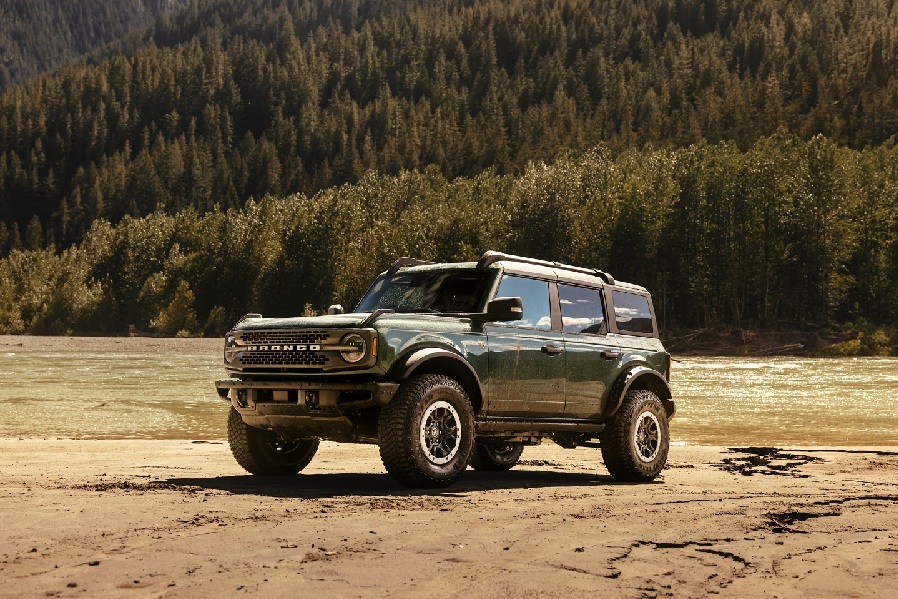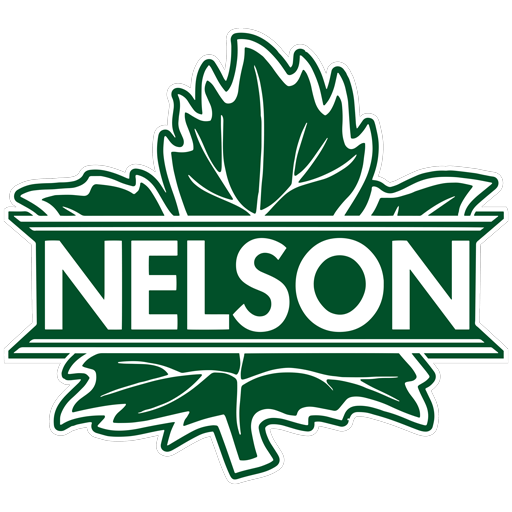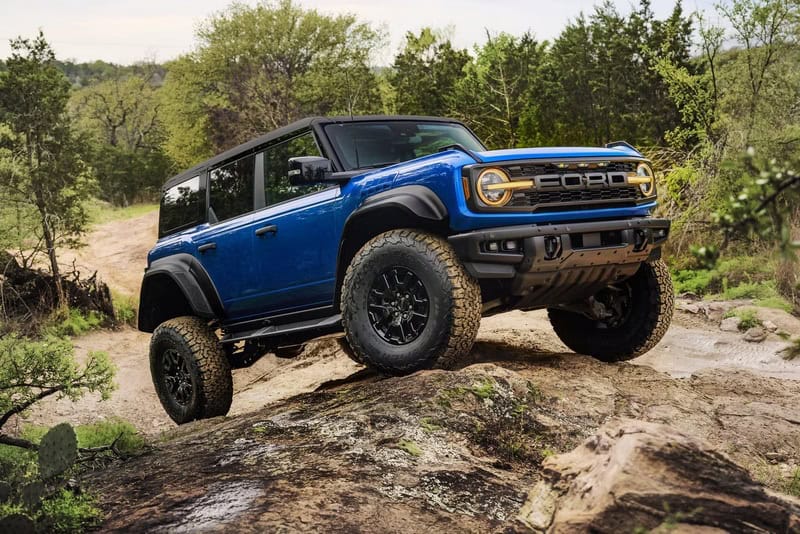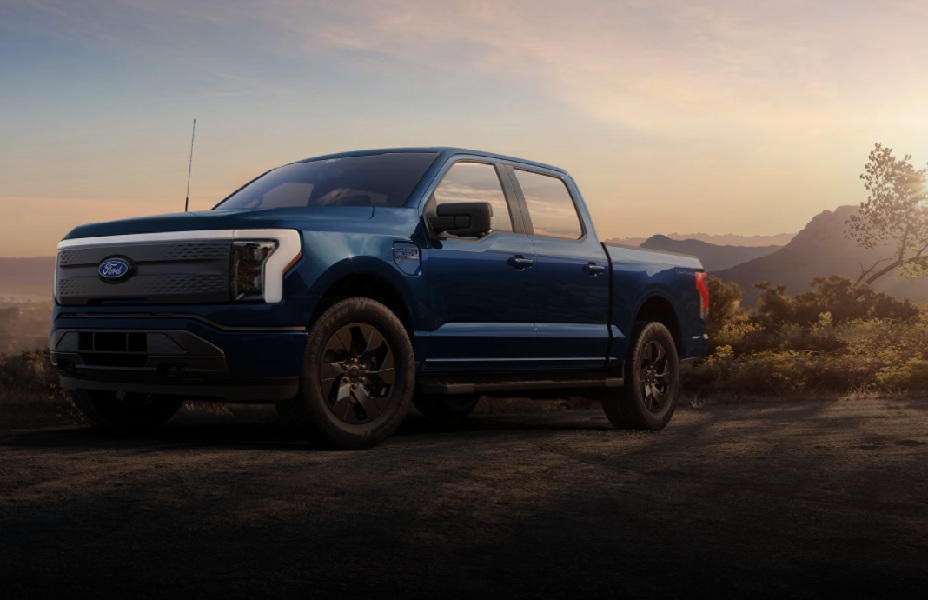The 2025 Ford Bronco: A Closer Look at Wheels and Lug Nuts
The Ford Bronco continues to capture the hearts of off-road enthusiasts and everyday drivers alike with its rugged design and impressive capabilities. In this article, we’ll explore the world of Bronco wheels and lug nuts, exploring the specifications, options, and maintenance tips for this iconic vehicle. Wheel Specifications The Ford Bronco offers a range of […]
The Ford Bronco continues to capture the hearts of off-road enthusiasts and everyday drivers alike with its rugged design and impressive capabilities. In this article, we’ll explore the world of Bronco wheels and lug nuts, exploring the specifications, options, and maintenance tips for this iconic vehicle.

Wheel Specifications
The Ford Bronco offers a range of wheel options to suit various driving needs and preferences. The base model typically comes with 16-inch wheels, while higher trims and special editions may feature larger sizes up to 18 inches.
Some common wheel sizes for the include:
- 16-inch wheels: 255/70R16 tires on 7Jx16 rims
- 17-inch wheels: 255/75R17 or LT265/70R17 tires on 7.5Jx17 rims
- 18-inch wheels: 255/70R18 tires on 7.5Jx18 rims
These wheel configurations offer a balance of on-road comfort and off-road capability, with the larger sizes providing a more aggressive look and potentially better performance in challenging terrain.
Lug Nut Specifications
The lug nuts are crucial components that secure the wheels to the vehicle. For the Ford Bronco, the lug nut specifications are as follows:
- Thread size: M12x1.5mm
- Socket size: 21mm (13/16 inch)
- Seat type: Conical (60-degree)
- Lug pattern: 6×139.7mm
It’s worth noting that the high-performance Bronco Raptor model uses slightly different lug nuts with an M14x1.5mm thread size and a higher torque specification.
Torque Specifications
Proper torque application is crucial for safely operating your Ford Bronco. The recommended torque specification for most models is 113 Nm (83.3 ft-lb). However, the Bronco Raptor requires a higher torque of 140 Nm (103.5 ft-lb) due to its demanding performance capabilities.
When tightening lug nuts, it’s essential to use a calibrated torque wrench and follow a crisscross pattern to ensure even force distribution. This practice helps prevent warping of the brake rotors and maintains proper wheel alignment.
Wheel Options and Upgrades
The Ford Bronco offers several wheel options from the factory, catering to different trim levels and driving preferences. Some popular choices include:
- Standard steel wheels for base models, prioritizing durability and cost-effectiveness
- Alloy wheels for higher trims, offering a balance of strength and weight reduction
- Beadlock-capable wheels for serious off-road enthusiasts, allowing for better traction at low tire pressures
Many owners also opt for aftermarket wheels to customize their vehicle’s appearance or enhance its off-road capabilities. When choosing aftermarket wheels, it’s crucial to consider factors such as:
- Proper fitment (bolt pattern, offset, and backspacing)
- Load rating appropriate for your vehicle and intended use
- Compatibility with tire pressure monitoring systems (TPMS)
Maintenance and Care
To ensure the longevity and performance of your Ford Bronco wheels and lug nuts, consider the following maintenance tips:
- Regularly inspect wheels for damage, such as cracks or bends
- Clean wheels thoroughly, especially after off-road adventures, to remove mud and debris
- Check lug nut torque periodically, especially after long trips or off-road excursions
- Rotate tires according to the manufacturer’s recommendations to ensure even wear
- Balance wheels when installing new tires, or if you notice vibrations while driving
Facts About the 2025 Ford Bronco Wheels and Lug Nuts
• The 6×139.7mm bolt pattern is shared with several popular off-road vehicles, expanding aftermarket wheel options.
• Beadlock-capable wheels allow drivers to “air down” tires for improved traction without risking tire bead separation from the rim.
• The wheel designs often pay homage to classic Bronco models, blending modern technology with retro styling cues.
• Some wheel options feature a “beauty ring” that can be removed for a more rugged appearance or to accommodate larger tires.
• The lug nuts are designed to resist corrosion, an important feature for a vehicle often exposed to harsh elements.
Q&A About the 2025 Ford Bronco
Can I use lug nuts from older Bronco models on the new version?
- No, it’s not recommended. The latest model uses different thread sizes and lug patterns than older models.
How often should I check my Bronco lug nut torque?
- It’s a good practice to check lug nut torque every 160 kilometres, and after any wheel removal or installation.
Are aftermarket wheels safe to use on the Bronco?
- Yes, as long as they meet the correct specifications for size, bolt pattern, and load rating for your specific model.
Can I mix different wheel sizes on my Bronco?
- You shouldn’t mix wheel sizes, as it can affect vehicle handling, performance, and safety systems.
Do I need special lug nuts for aftermarket wheels?
- It depends on the wheel design. Some aftermarket wheels may require specific lug nuts, so always consult the wheel manufacturer’s recommendations.
What’s the largest wheel size I can fit on a stock Bronco?
- The largest factory wheel size is typically 18 inches, but the exact fitment depends on your specific trim and suspension setup.
Are locking lug nuts necessary for the Bronco?
- While not strictly necessary, locking lug nuts can provide added security against wheel theft, especially if you’ve invested in premium wheels.
Can I use a regular socket wrench to tighten my Bronco lug nuts?
- You should use a torque wrench to ensure proper tightening to the specified torque value.
How do beadlock wheels differ from standard wheels?
- Beadlock wheels have a mechanical clamping system that secures the tire bead to the wheel, allowing for very low tire pressures without the risk of the tire coming off the rim.
Is it normal for lug nuts to loosen over time?
- While slight loosening can occur, significant or frequent loosening is not normal and could indicate a problem that a professional should address



